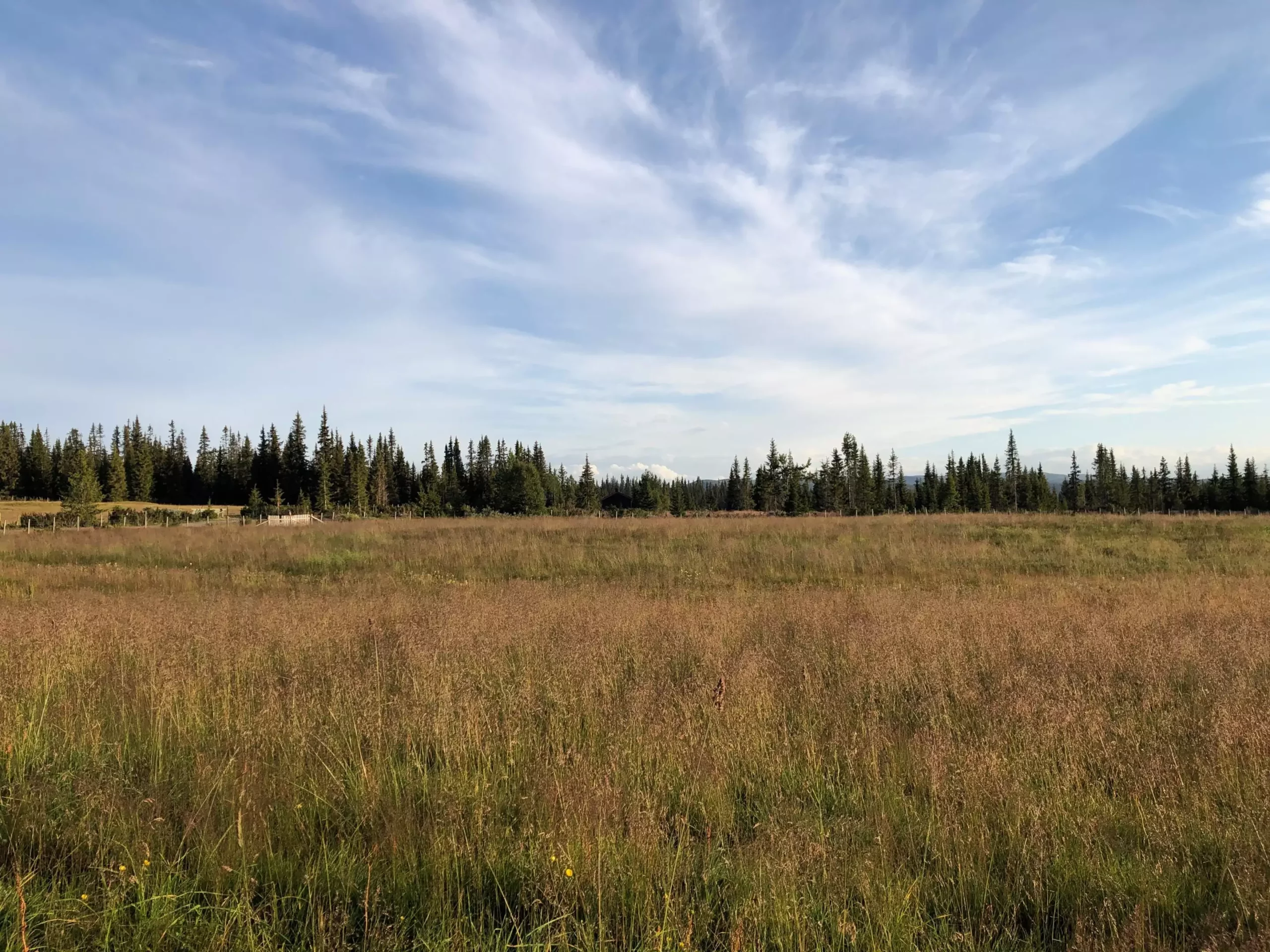Climate change, often perceived through the lens of rising sea levels and extreme weather events, also harbors subtler challenges that directly impact our food and timber production. A recent investigation conducted by researchers at the University of Cambridge presents a startling revelation: as climate conditions shift, the land that we rely on for growing essential crops will increasingly come into direct competition with land designated for timber production. With both food security and timber resources becoming ever more critical globally, understanding this intricate competition is paramount as we move into a future shaped by climate uncertainty.
The University of Cambridge study indicates that regions tailored for agriculture are on the rise, particularly in the northern hemisphere. As global temperatures climb, areas that were once inhospitable to crops are turning into fertile ground. The phenomenon of vineyards appearing more frequently in Britain exemplifies this trend, suggesting prospective agricultural expansion. However, this shift carries significant repercussions; as arable land extends northward, it encroaches upon areas currently occupied by forests essential for timber. With the growing realization that agricultural requirements could expand at a shocking pace, pressures on timber-producing regions could mount alarmingly.
Alarmingly, the prediction is that by the end of the century, more than a quarter of existing forested land—an area comparable to India—will transform into agricultural land. This looming transition is particularly rooted in four countries: the United States, Canada, China, and Russia, which together account for a staggering 90% of the forestry spaces projected to be converted for agricultural use. In Russia alone, vast landscapes currently dedicated to timber could transition into extensive potato, soybean, and wheat farms in a matter of decades. This mounting competition for land highlights a critical question: how do we prioritize our pressing needs for both sustenance and sustainable materials?
Dr. Oscar Morton, a researcher involved in the study, emphasizes the importance of forward-thinking strategies directed toward both timber and food production. The wood that future generations will use is already set in place. Unlike the rapid growth cycles of food crops, trees—our primary source for timber—require a much more extended period to mature. Projections indicate a doubling of global food and wood demands by 2050, propelled by an increasing population and consumption patterns. Without proactive intervention today, this imbalance may jeopardize our future security in both food and timber.
One of the dire implications of this transition involves the destruction of pristine forests, particularly in biodiverse areas. As agriculture grows into untouched territories, it could threaten to irrevocably damage ecosystems that have remained intact for millennia. The study warns that moving timber production into the last standing primary forests poses an overwhelming risk not only to the biological diversity but also to the planet’s carbon storage capabilities. Disturbing these habitats could generate immense carbon emissions, counteracting global sustainability goals and jeopardizing our planet’s future.
Moreover, as timber production increasingly competes with agriculture, significant challenges arise in securing resources. Climate change has already reduced the stability of timber forests through rising temperatures, wildfires, and pest invasions. The interaction between these factors will create a precarious situation, where guaranteeing wood sustainability may be overshadowed by the more immediate human need for food. Yet, it is crucial to recognize that timber also plays an integral role in construction and materials, contributing approximately $1.5 trillion annually to global economies.
Moving forward, a harmonized approach—pursuing policies that seek to balance timber and agricultural needs—becomes crucial. Researchers suggest strategies that safeguard native forests while simultaneously boosting the productivity of existing agricultural lands. By establishing clear priorities and promoting responsible resource management, society can work towards a future where food and timber can coexist without direct competition.
Recognizing the intertwined destinies of food and timber resource availability under the strain of climate change presents a complex but essential challenge. The foresight provided by the Cambridge study urges us to develop strategies that accommodate growing global demands while preserving our environmental integrity. As we stand at a crossroads, it is imperative for policymakers, researchers, and society as a whole to seek solutions that fortify both food and timber security, paving the way for a sustainable future amid rising challenges.

